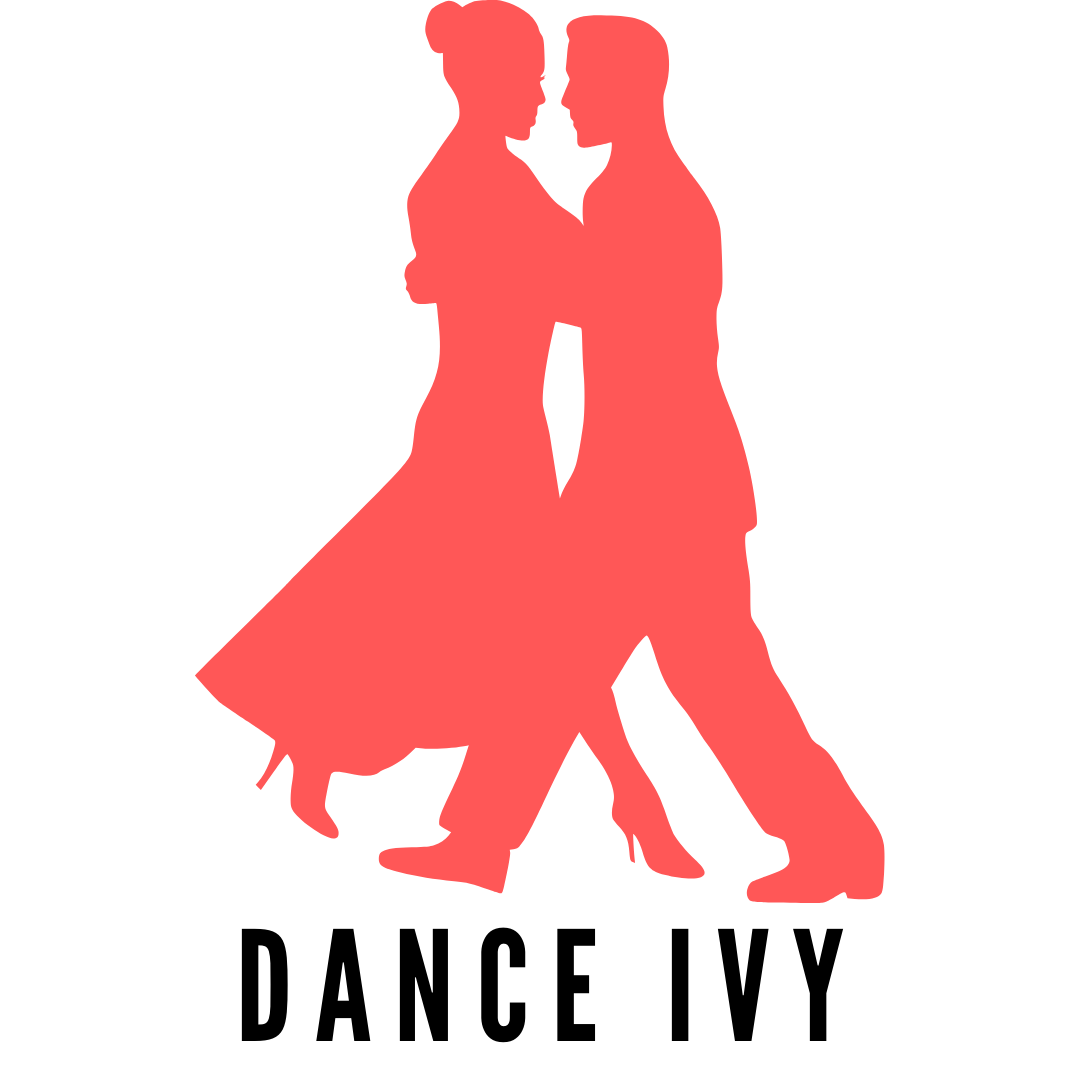Every artist has its own compositional elements. Painters, musician, sculptors, and even dancers have their own compositional elements. Dance is a unique art, and all the choreographers and dancers have their own compositional elements. In the art of dance, it is important to understand the dance elements and to use them effectively. The elements of dance are:
- Body
- Action
- Space
- Time
- Energy
Students need to learn all these five elements to become a good dancer. However, for different dance styles, different skills are required.

5 Elements of the Dance
Every student must have an understanding of these five dance elements.
The first thing in dance that is felt by the dancer and notices by the others is known as the body. It is a key figure of the dance. It depends on the dance style; in some styles, the body will be in continuous motion, and sometimes it remains still. A dancer might utilize its whole body or some parts based on the dance style.
Body in the dance is described by bones, muscles, reflexes, breath, and balance. When we see the overall body of the dancer, we want to see is it symmetrical or twisted? We also want to see which part of the body first initiates the movement. Various body motions are involved in expressing emotions and feelings. In dance, dancers try to express themselves by using locomotor and non-locomotor movements.
Any human movement that a dancer performs is called action. Actions include facial movements, dance steps, gestures, walking, and partner lifts. Dance is composed of movements and pauses, so you can’t say the movements as action, pauses are also the part of the action. Dancers may perform moves that they have learned from the choreographers or the other people. They can perform the moves as it is or changes by themselves. Movements that dancers do at different spaces are known as locomotor movements, and on the other hand, movements that dancers do at one spot are called non-locomotor. It is not essential to learn dance terminologies to perform movements. Movements are generally categorized according to qualities.
The most important element of dance is known as space. If space is limited, a dancer can’t perform his moves. So the area in which dancer can freely move is called space. Dancers interact with space in multiple ways. They may stay in one position or travel from one place to another. Depending on the area, they may change the level, size, and direction of their movements. Space is considered as a partner; even the dancer is performing solo.
The focus in dance is associated with space as the dancer focuses their movement and attention inwardly or outwardly to space. Another factor associated with dancing is a level that involves distance from the floor. Relationship in dance also plays a vital role. The relationship is present between the objects and the dancers, such as near or far, besides or in front, etc. The direction is also involved in the space, in which direction the body moves. Pathways are the patterns that the dancers make as they move in the air or on the floor. Focus is the other thing, where the dancer’s eyes focus while performing. And finally, the size, how small or large, is the dance movements.
Another important element of dance is time. It involves the duration of the movement. The beat is the underlying or ongoing pulse. Tempo is another factor that how slow or fast is the movements. Accent beats that are stronger and usually occur at regular intervals are known as an accent. Rhythmic patterns are the patterns that are made by arranging strong and light movements and also long and short movements. Duration is the key figure in time that tells the length of the time that how long a movement lasts?
Spoken words also have some rhythm, but these timing patterns are considered inconsistent and unpredictable.
It is the last element of the dance, but it is very important. How the body uses energy while moving is called force. In dance, the term force is equal to energy. Force can be light and heavy. It can be sharp and smooth. Force can be tensed and relaxed. And in the end, it can be flowing or bound. Bound means the energy will be released in a restrained and controlled manner. Flowing means energy flows freely.
Energy or force is all about how the movement happens? In energy, there can be variations in the use of force, tension, weight, and flow. An arm gesture can be free-flowing or stopped. It can also be a powerful or gentle move. A dancer may change his position from a percussive attack to flowing ease. Energy can also change, and during a dance, several types of energies can concurrently come into play.
All the dancers use some sort of force or energy. In some cases, it may be indirect, supple, or slow. It is not essential that all the time, energy will be punchy and high speed. Energy choices are also associated with emotional states. An aggressive or powerful push depends on the situation and intent. You can easily express energy through words or some dance movements. Sometimes it is easy to understand the differences between energy levels, and sometimes it can be ambiguous.
Conclusion
Some people categorize dance elements into three parts. Some people say there are five main elements of dance. However, we have tried to cover the 5 basic dance elements. These five elements further contain sub-elements. All the elements and sub-elements have been covered in detail. These elements are a must for every dancer to learn and understand. Dance styles can be different, but these elements are the same for each dance style. The same body will be used in each dance style. Actions can be different but definitely will be performed. So does the energy levels. So all the elements are part of each dance style.
